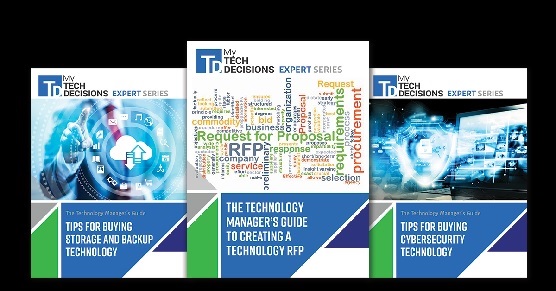This blog was originally published on TechDecisions’ sister site Campus Safety.
December 14, 2012: another in the string of school shootings takes place in Newtown, Conn., at Sandy Hook Elementary School. Immediately, parents, elected officials and, perhaps loudest, media outlets demanded increased security at our nation’s schools.
Educators in partnership with law enforcement responded to both the tragedy and the public outcry. School perimeters were secured; doors traditionally open were locked; police presence on school campuses were increased; students were escorted everywhere; more secure visitor polices were implemented or more likely the visitor policies already in place were once again enforced. And for the next few weeks, school security became the overriding operational priority for everyone involved; administrators, teachers, parents, students, first responders. Everyone.
Yet, if you go to your neighborhood school today, it is more than likely that what you will see are operations that are closer to those in place the day before Sandy Hook, rather than the day after. Why?
Related: Are K-12 TechDecision Maker Leaving Money on the Table
Immediately following one of these events, the media attention is high and emotional impulse to do something is at its peak. In response, measures are implemented that have no long term sustainability but make people feel good in the aftermath of these horrific incidents. Time passes, the emotional reactivity fades and the pressure of the primary role of schools—the education of children—reasserts itself. Schools, for the most part, return to business as usual.
Several factors drive this return to business as usual. The first is the failure to acknowledge that security and convenience are polar opposites. The more of one you have the less you have of the other. Measures hastily imposed following such events are generally inconvenient, often labor intensive and as such are intrusive on the educational process. Because this is not considered at the outset, it works against the long term sustainability of any security measure.
The second factor is one of human nature. Humans cannot live at high alert for long periods of time. The measures in place following such an event require an increased level of effort by a school staff, over and above the already very substantial efforts required simply to educate students. As time passes, the horror of Sandy Hook will fade, just as it did for Columbine and Bailey and Nickel Mines and so many others. Something will come off the plate and be assured, as educators, security and not education will be the first area affected.
The third factor is one of statistical reality. Regardless of the public perception, horrific events like Sandy Hook are relatively rare. A person associated with a school (student, staff member or parent) is more than twice as likely to be struck by lightning than to be the victim of a school shooting. Add to this an ambient level of denial in most schools, the commonly held belief that “it can’t happen here.” Over time, complacency and denial will conspire and security will relax.
Considering all of these factors, the level of concern for issues of school safety and security tend to be cyclical in nature. However, the threats that face our schools are a constant. The question becomes, “How can schools get off of the vulnerability roller coaster?”
By way of analogy, planning for severe weather response is always done in the calm between the storms. Planning for enhanced security should be done in the lull between incidents. Now is the time, and your first step is to conduct a complete threat and vulnerability assessment. It should include current policy, procedure and the reality of operational practice. What policy says happens and what happens in daily operations can be and often are vastly different.
Once you have determined how and what is happening, it is time to convene your school safety team. This group should include representatives of local law enforcement, school administration, teaching staff, classified staff, parents and, in most schools, students. This group, with armed with the information from the assessment, will develop a school security plan specific to the needs and conditions of the campus.
Related: 4 Tips for School Safety from a K-12 Security Pro
Here is where the balancing act begins. The task will be to identify and apply mitigation measures that effectively address the vulnerability, are appropriate to the magnitude and potential of the threat, are functional in an educational environment and, most importantly, are implementable and sustainable in a school over time. Even absent the pressure and hysteria of school shootings, the process will not always be comfortable. There will be differences of opinion and the process will require time and commitment by all involved. The process will occasionally be painful; the result will be well worth the pain.
The benefit will come in more secure daily operations, a safer educational environment and an assurance that when the next incident occurs (and we all know one will occur), your school will be positioned to avoid the knee jerk reactions so detrimental to any school community.
____________________________________________________________
Guy Bliesner is the former health safety and security coordinator for Bonneville School District No. 93, and Brian Armes is a former school principal
If you enjoyed this article and want to receive more valuable industry content like this, click here to sign up for our digital newsletters!










Leave a Reply